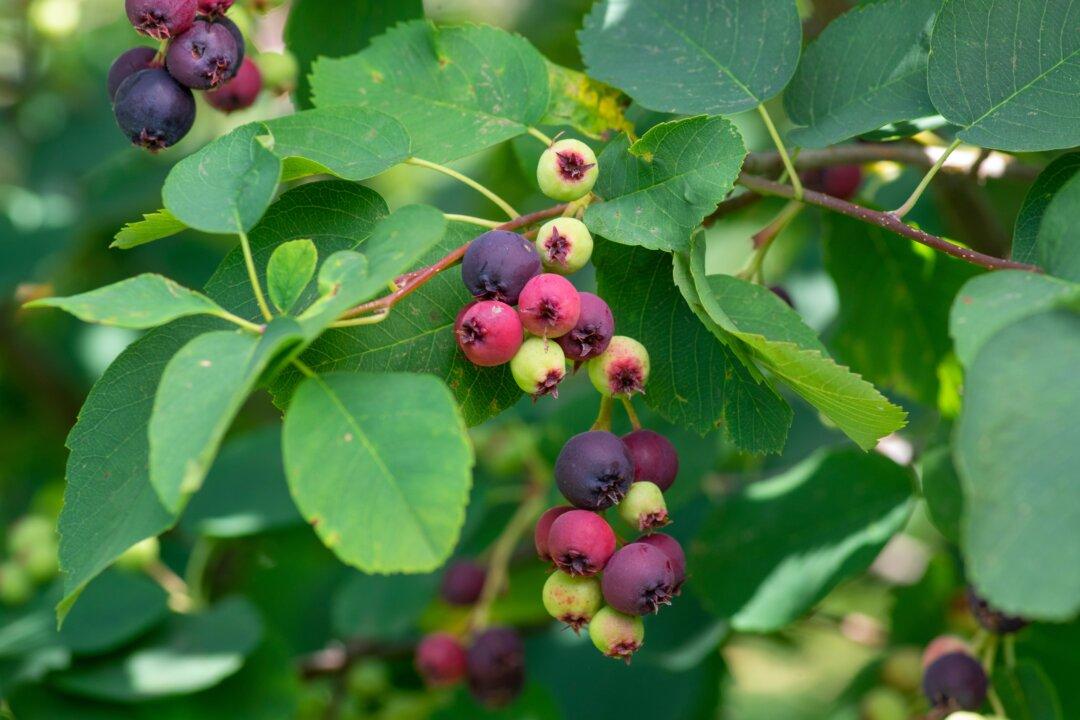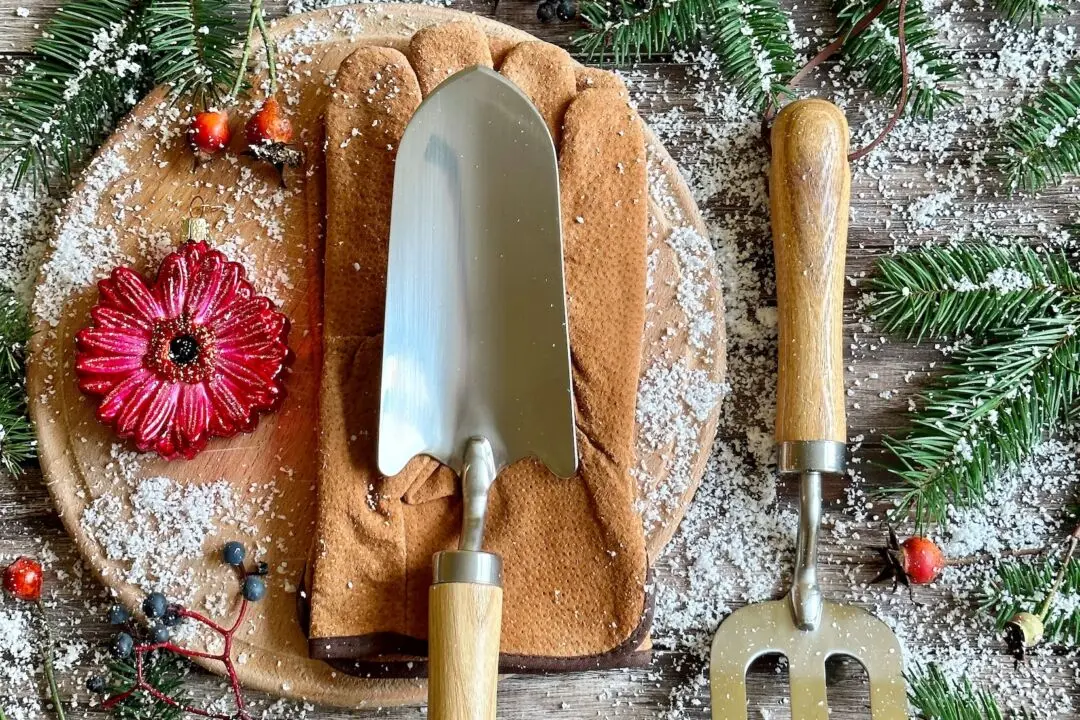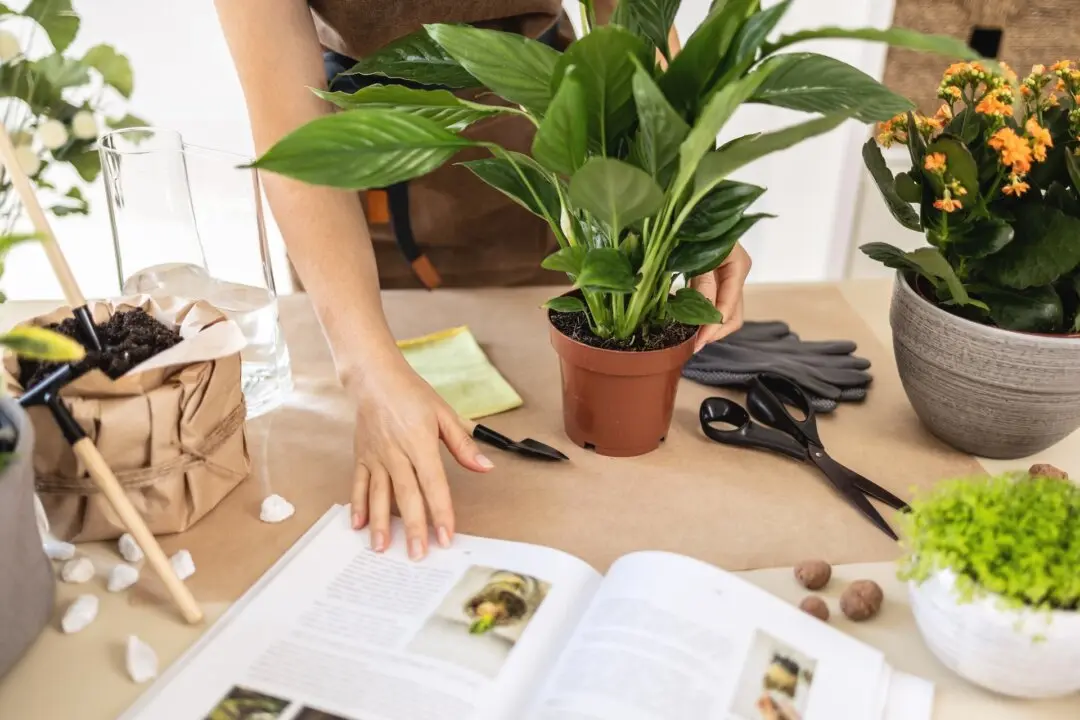Q: There is a surface storm drain in the back corner of our property. Water comes from several neighbors’ yards, so this area near the drain gets flooded and the soil is soggy. Later in summer, the same area will be dried out and cracked. A willow tree planted at the edge of the area only lasted 15 years.
What kind of trees will grow in this soil condition? Are any of them evergreens? For screening purposes, the tree needs to grow about 30 feet tall and 20 feet wide.





